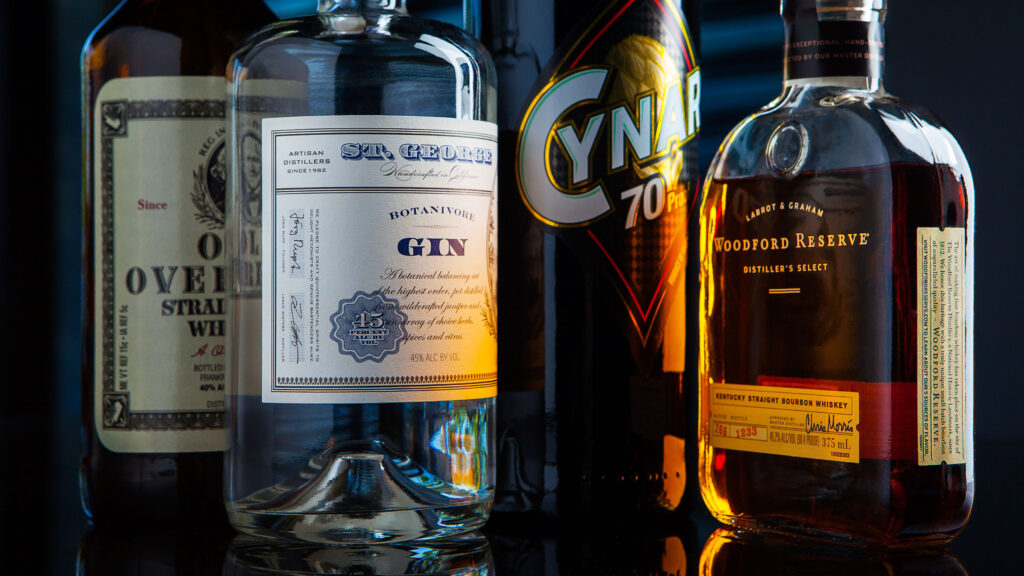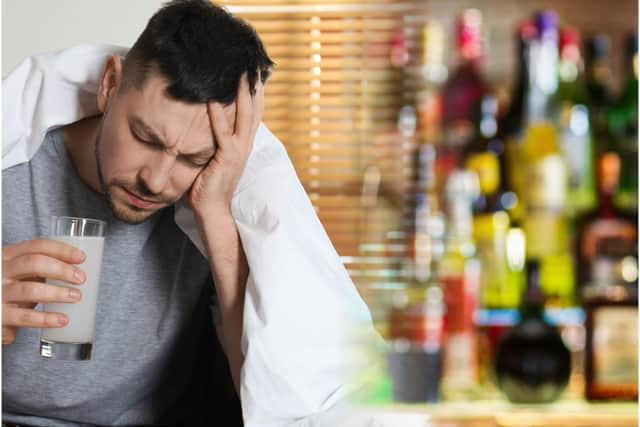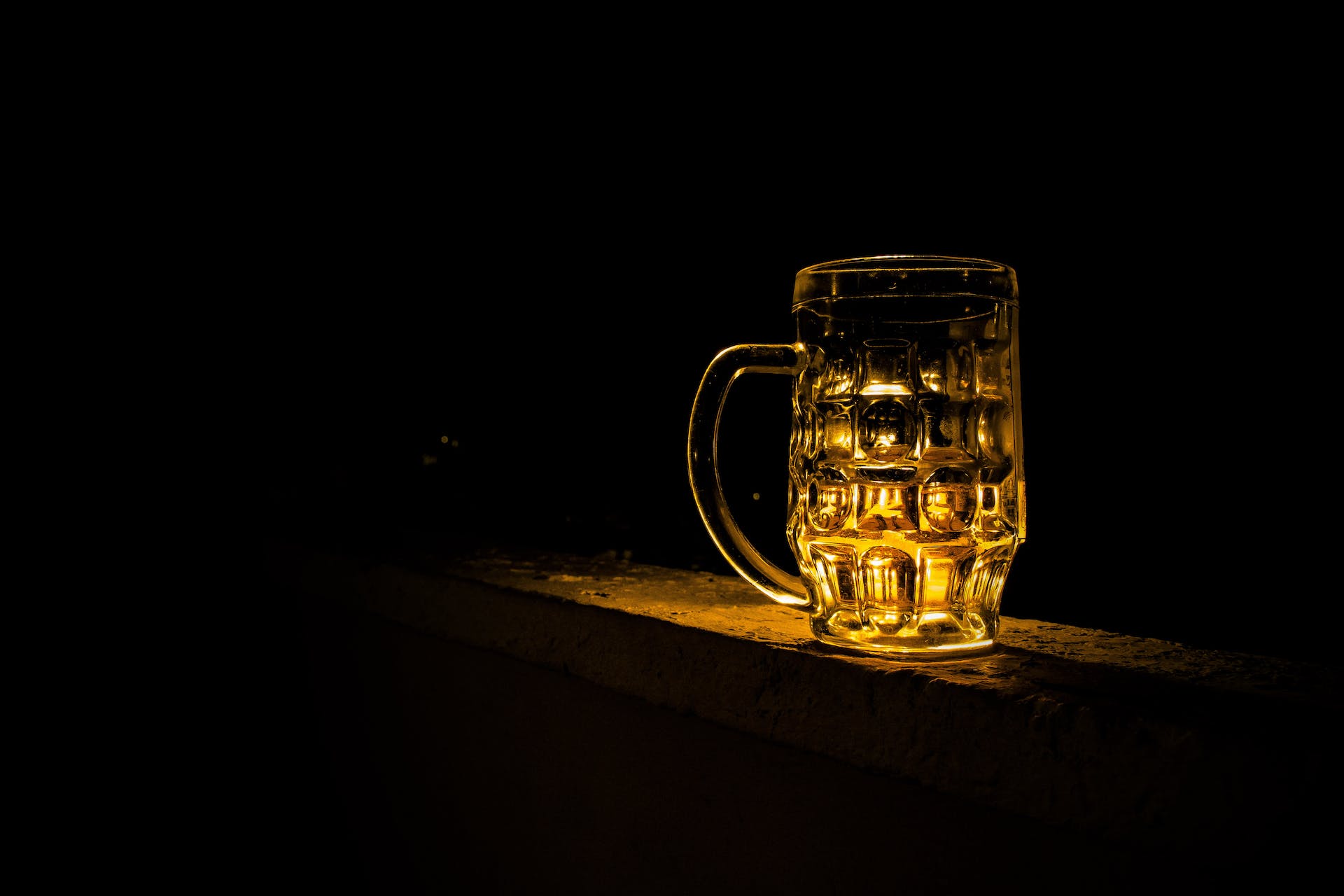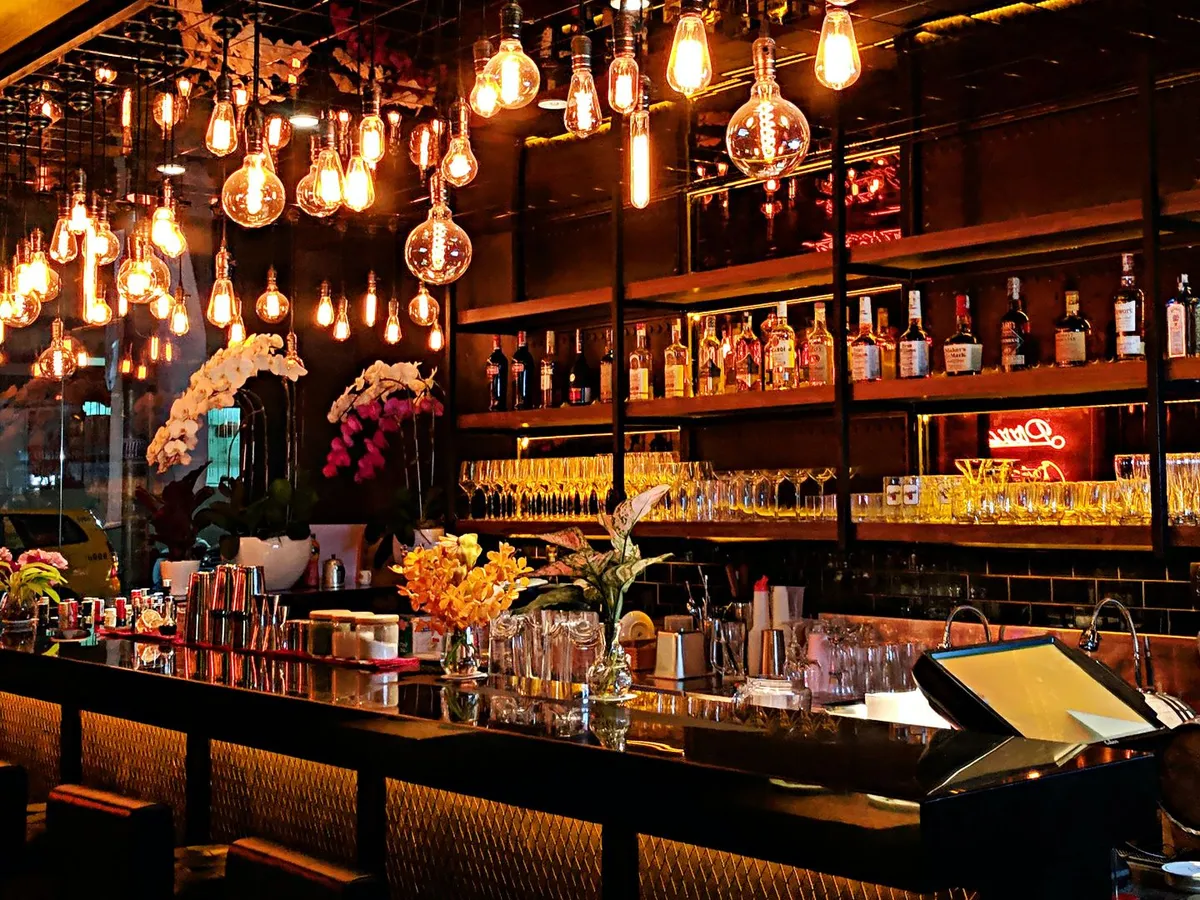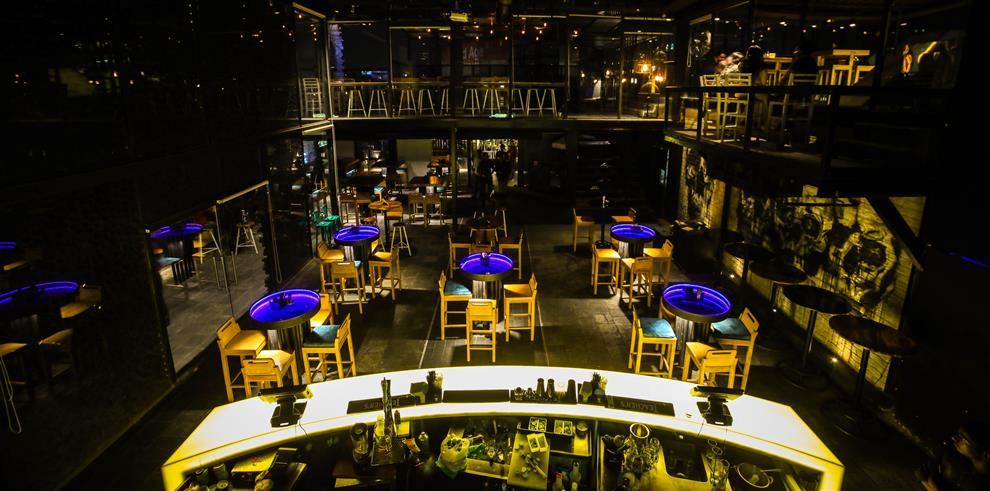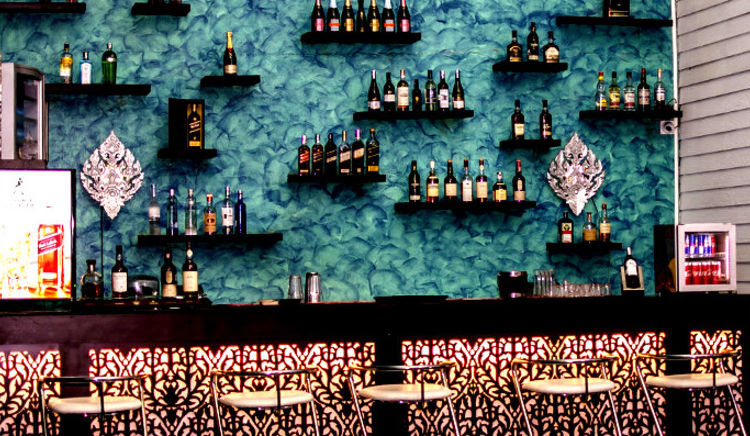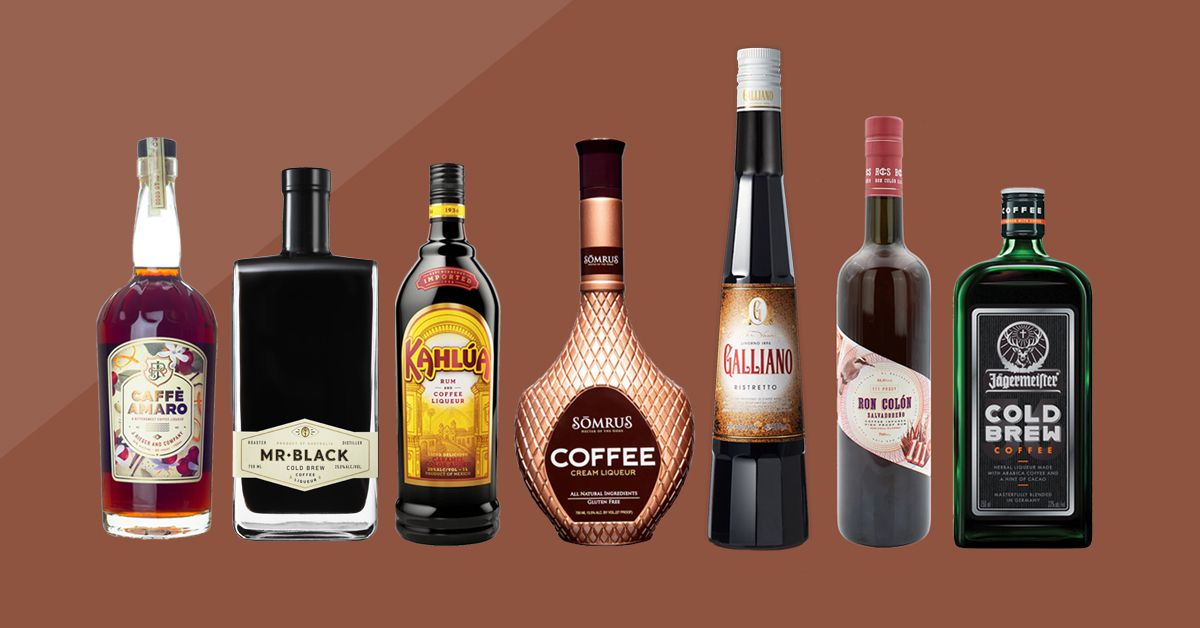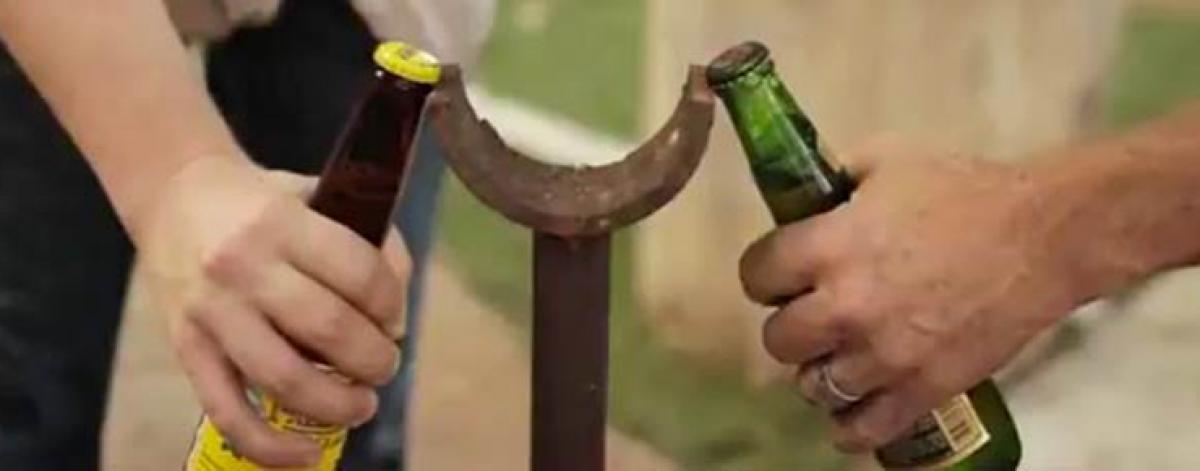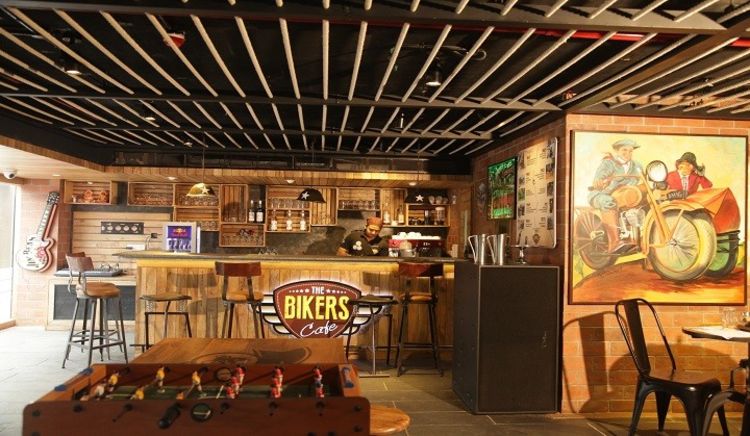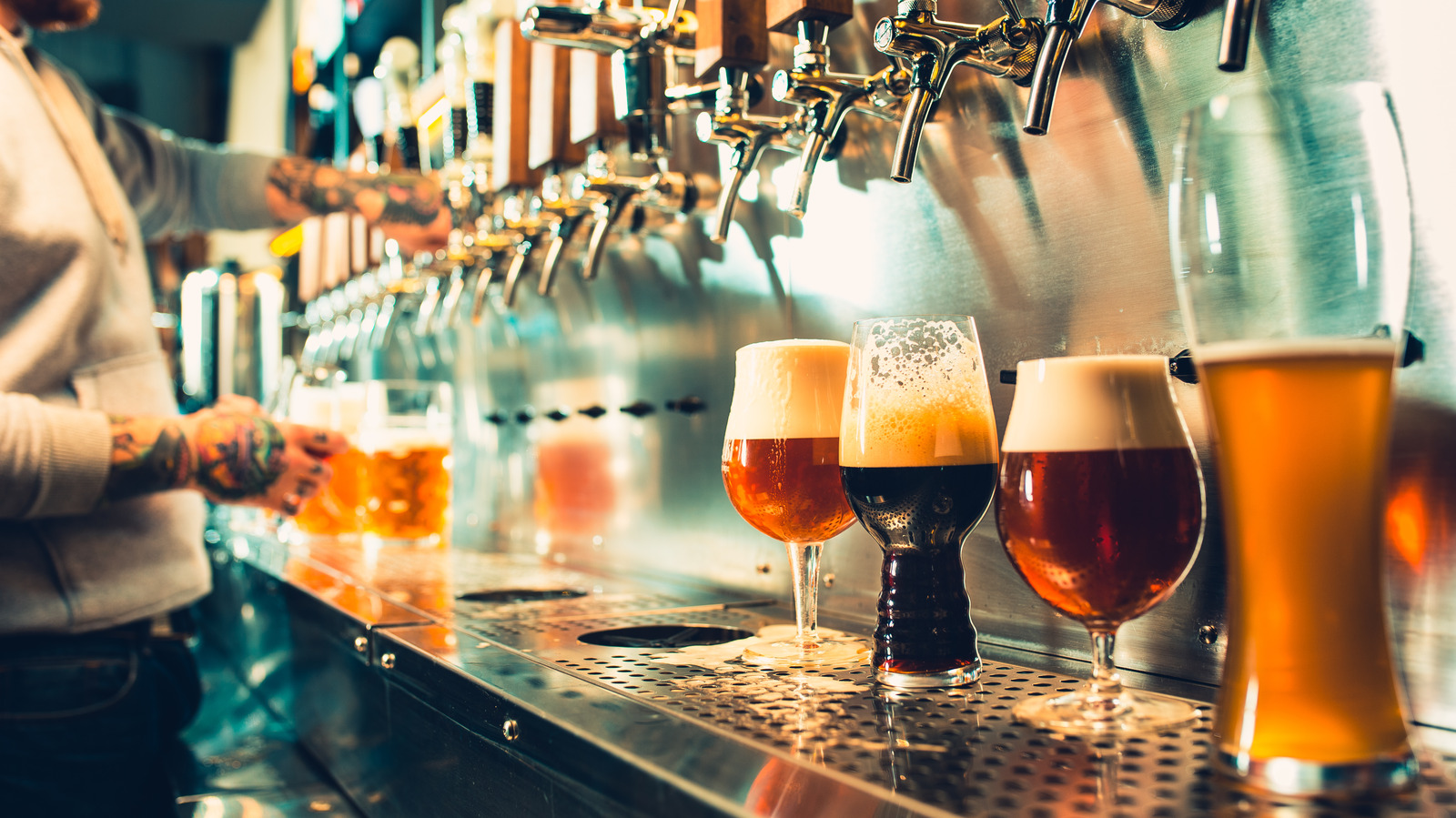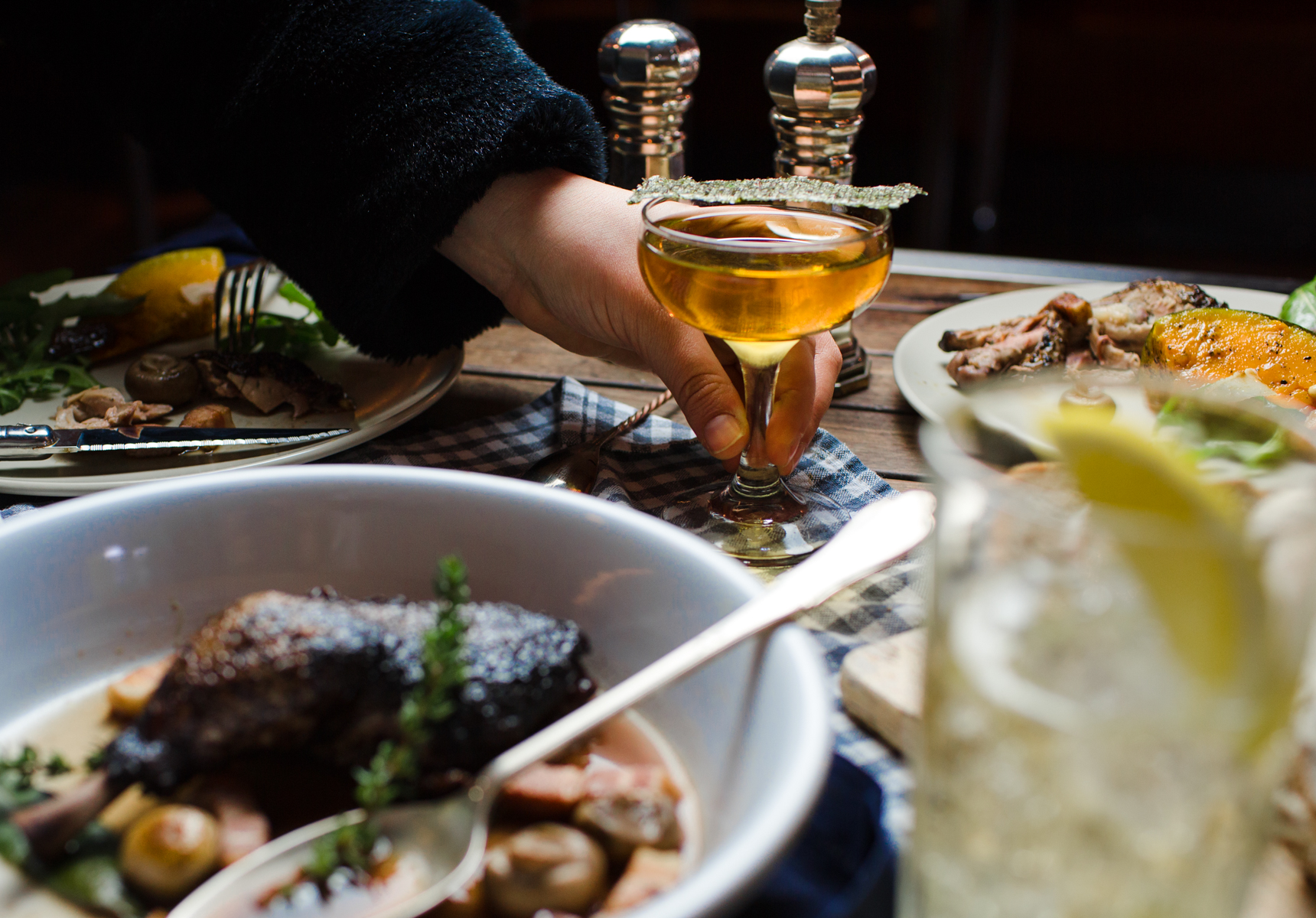When you’re perusing the rows upon rows of bottles at a liquor store, you may feel spoiled for choice. But choosing the right liquor can really make a difference – perhaps you’re looking for something light or sweet; on the contrary, maybe a strong spirit that can knock a giant senseless is more up your alley. So you look at the bottle and see something like ‘13.5% ABV’ or ‘40 proof’ on the label. Let’s focus on the latter part now. Have you ever wondered what alcohol proof means? Read on to know everything about alcohol proof!
What Is Alcohol Proof?

To put it simply, alcohol proof is the measure of the alcohol (ethanol) content in a bottle. But, wait, there’s more to it. Alcohol proof also determines the amount of outside elements that can be used to dilute the drink.
Usually, the alcohol content is referred to by ABV (Alcohol by Volume), which signifies the volume of alcohol in the bottle. Talking about alcohol proof in terms of ABV, it is usually twice the percentage of alcohol by volume (ABV). For example, a drink with 40% ABV is 80 proof.
P.S.: ABV is the measure of milliliters of pure ethanol in 100 ml of a beverage measured at 20°C.
Also Read: Alcohol Industry Trends Liquor Companies Need To Follow
Alcohol Proof – A Fascinating Backstory
To understand the origin of ‘alcohol proof’, we need to travel through time to the 16th century and in the British camps. How did they determine the alcohol quality in those times without any modern equipment? Apparently, they used gunpowder. Yes, you read it right. They would test the strength of the liquor by mixing a pinch of gunpowder in a small amount of rum. They would then ignite the wet mixture with a match. If it ignited, they got their ‘proof’!
Well, that was the story of the infamous ‘gunpowder test’ which gave birth to the alcohol proof. Such ‘proof spirits’ would be taxed higher. However, the gunpowder test had a major drawback: the ignition of the liquor depended on its temperature. So, if the temperature wasn’t kept consistent, the results would vary. That’s why a more accurate method was needed.
By the 2nd half of the 17th century, specific gravity was used to determine the alcohol content. Specific gravity, also known as final gravity, is the relative density of alcohol compared to water. But, eventually, alcohol proof was used to determine the alcohol content worldwide.
Alcohol Proof In Different Countries
In the United States, the method established in 1848 is still followed. They measure the alcohol content by the percentage of alcohol instead of the specific gravity. In simpler terms, they defined alcohol proof as twice the percentage of alcohol by volume (ABV). If we talk mathematics, 40% ABV = 80 proof.
In the UK, despite using specific gravity and the gunpowder test, they’ve also started using the ABV system. But the percentage of ABV differs in the UK. They define the proof as 1.75 times the percentage of ABV. For example, 40% ABV would be 70 proof in the UK as opposed to 80 proof in the U.S.
The French, on the other hand, opted for a no-fuss approach. Scientist Joseph Louis Gay-Lussac determined that 100 proof is 100% ABV. Easy to count, yes?
To put it simply, alcohol proof can differ from country to country. So, you can have an 80-proof spirit in the US and have a merry time. But when you’re in France, the same 80-proof may knock you into the next day with a terrible hangover!
Also Read: All About Alcohol – India’s First Alcohol Museum
Why Is Alcohol Proof Important?

Well, other than the obvious reason for self-awareness of your alcohol consumption, there are some important reasons why alcohol proof is important. Firstly, alcohol proof is important for legal purposes. Many nations have issued a permitted range of alcohol proofs that can be sold by the manufacturers. The alcohol proof is a necessary measure for safe and responsible consumption as well.
Also, in the human body, the degree of intoxication is measured by blood alcohol level. If you’re driving, know that the legal blood alcohol level in India is 0.03% per 100 ml of blood. We never condone drinking and driving, but take care to consume alcohol under 50% or less.
Alcohol proof also helps us to make an informed and responsible choice. When you’re in a party mood, you can choose a strong drink with greater proof. If you’re looking to cut back on your consumption, you can go for beverages with lower ABV or alcohol proof.
Also Read: 6 Cocktail Books To Buy For Every Budding Bartender
Tools To Measure Alcohol Proof
If you’re an alcohol enthusiast, you’ll be able to guess the alcohol content for sure. You also have tools like ABV or alcohol proof at your disposal. But, when it comes to measuring alcohol content on a large scale, hydrometers or refractometers do all the work.
A hydrometer, which is a glass instrument, is used to determine the alcohol concentration before and after fermentation. A refractometer, on the other hand, analyzes a liquid’s refractive index, which can be used to determine the amount of alcohol present. What’s better? Well, refractometers are frequently used because of the simple method and quick results, but they are less accurate than hydrometers.
Also Read: 8 Indian Alcoholic Drinks To Try
Why Beers And Wines Don’t Use Alcohol Proof?
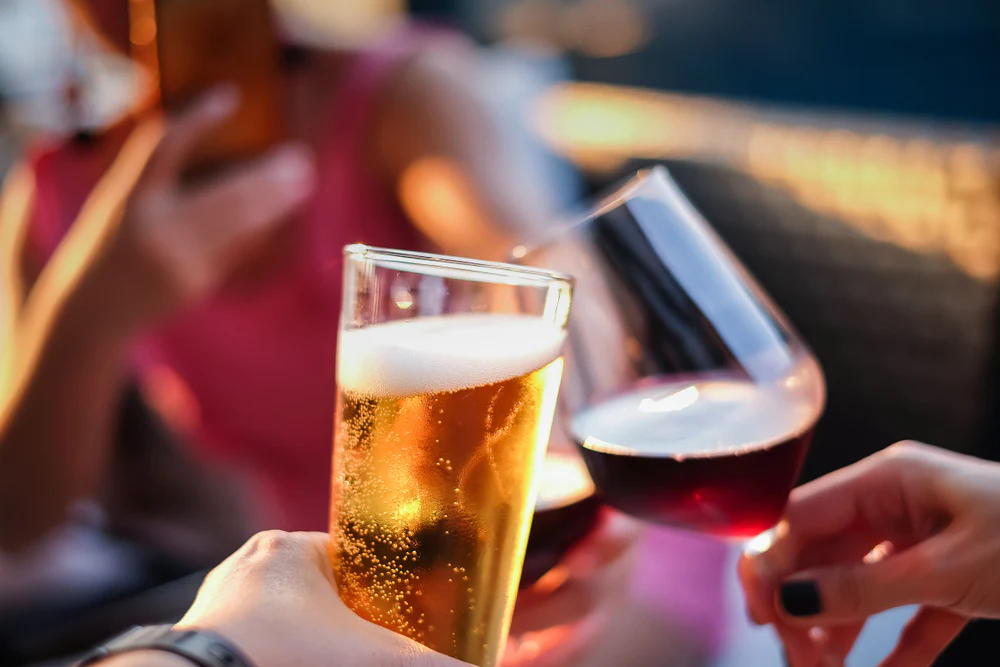
Look at the bottom of your favorite beer or wine, and you’ll notice that their alcohol proof isn’t mentioned; just the ABV. Here’s why:
- The ABV of beer is usually around 4-7% ABV and wine, 5.5-16%. The figures are enough to show the lower alcohol content in these beverages. With such low alcohol content, giving out proof doesn’t add much value.
- Alcohol proof is generally used for hard liquors, typically for beverages with a potency greater than 40 proof.
Also Read: Alcohol And Sustainability – How Brands Have Gone About It
Proof Or High Proof Alcohol, What Is Better?
Alcohol proof is designated for beverages that have at least 20-40% ABV or 40-80 proof. Wines, rum, and vodka are typical examples of average-proof alcohol.
High-proof alcohols like Everclear, a grain alcohol made in the US, have 95% ABV or 190 proof. In fact, Polish vodka and Spirytus can legally go up to 192 proofs or 96% ABV. It’s enough to get anyone completely plastered! Just in case you’re curious, you can’t get it in India.
Summing Up
While the definition of it being twice the ABV is admittedly rather uninteresting, the story behind it is anything but that. You now know what alcohol proof is. So it’s time to enthrall your friends with your knowledge and enjoy your 15 seconds (or less) in the spotlight!
FAQs
What Is Considered A High Alcohol Proof?
Anything above 100 proof of alcohol or 50% ABV is considered high.
Is 100-Proof Alcohol Strong?
The higher the alcohol proof, the stronger the drink. So, 100-proof alcohol means 50% ABV. Spirits like tequila, whiskey, gin, and rum may come under this category.
Does Alcohol Proof Affect The Taste Of Alcohol?
Yes, alcohol proof affects the taste of any beverage. High proof alcohol means more content of alcohol which means a strong flavor of the drink. That’s why it can cause intense burns or in some cases, hangovers.
What Is The Highest-Proof Alcohol Available In India?
The highest-proof alcohol available for purchase in India are Aberlour A’bunadh (58-60% ABV), Bruichladdich (50% ABV), Crown Royal (40-50% ABV), Ballantine’s Blend (42% ABV) to name a few.
Can The Alcohol Proof Change Over Time?
Yes, alcohol proof can change over time due to evaporation. So, storage of alcohol at the apt temperature has to be taken care of to maintain the alcohol proof.
